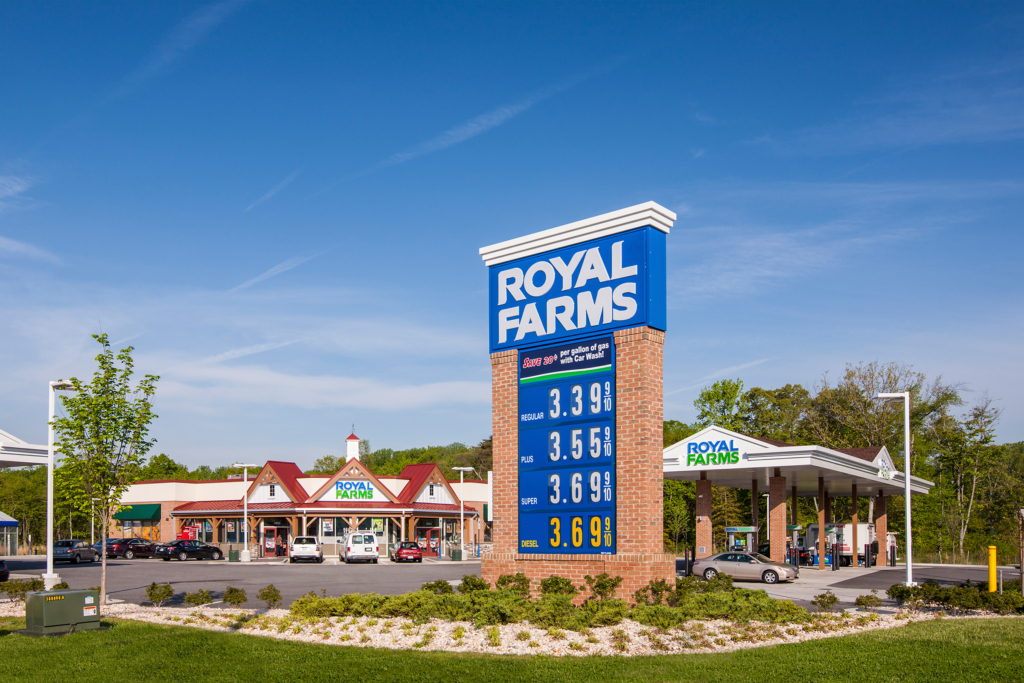 Once upon a time, gas stations only sold gas. But, beginning in the 1950s, with Americans clocking in longer hours at work, the convenience store (C-store) model was conceived as a way to provide time-depraved consumers with new options to pick up a gallon of milk or a carton of eggs, or to inject a quick burst of energy with a bag of nuts, a cup of coffee or some candy.
Once upon a time, gas stations only sold gas. But, beginning in the 1950s, with Americans clocking in longer hours at work, the convenience store (C-store) model was conceived as a way to provide time-depraved consumers with new options to pick up a gallon of milk or a carton of eggs, or to inject a quick burst of energy with a bag of nuts, a cup of coffee or some candy.
Originally an adjunct to the traditional gas station component, before establishing itself as its own free-standing brand, C-stores leveraged the opportunity to cross-sell merchandise to customers that visited the same location several times each week. With prime roadside visibility, locations near employment centers and off major highways, as well as open 24/7, the allure and popularity of C-stores grew quickly.
The C-store concept of today is nearly unrecognizable from its forefathers with everything from quality made-to-order food, well-placed furniture for a gathering spot and the addition of EV charging stations.
“Convenience stores are evolving every day, every week, to meet the new and different customer trends,” said Tom Fidler, Executive Vice President and Principal at MacKenzie Commercial Real Estate Services. “We want quality in a quick service environment; c-stores are meeting that demand and taking it even further. With dedicated pick-up spots for online orders, drive thru windows, interior seating, and mobile delivery services, c-stores have grown into a required staple of our day-to-day needs. It’s as if the fuel service has become a secondary service.”
The number of stores is exponentially growing. For example, Wawa recently opened its 1,000th store, Sheetz has nearly 700 locations, Royal Farms has approximately 260 and Dash-In operates approximately 50 stores.
“Convenience stores add a little bit of everything, in a relatively small footprint, so we enjoy having them as part of our retail scheme in business parks,” explained Bill Holzman, Vice President, Retail Leasing at St. John Properties. “Gas and convenience stores are nice amenities as it is comforting for our tenants to know they can fill up their car and grab a cup of coffee without driving too far from the office.”
Holzman added that consumers used to shy away from the C-store food offerings due to low quality, but now the food has improved so much they go out of their way to purchase items such as RoFo fried chicken or a Wawa hoagie.
“The C-store industry has exploded over the past 10 to 12 years as the food offerings improved and consumers have increased confidence about the quality and freshness of the food being served,” Holzman said. “When designing mixed-use communities, we typically plan for a pad site at an intersection with a traffic light, in order to bring this proven amenity to the project.
“Moving forward, challenges that lie ahead for the sector will be figuring out the future of petroleum fuel vs electric charging stations, and incorporating this feature into the store’s exterior layout. The food offerings will also continue to evolve, and improve, as more made-to-order items are added onto the menu,” Holzman added.